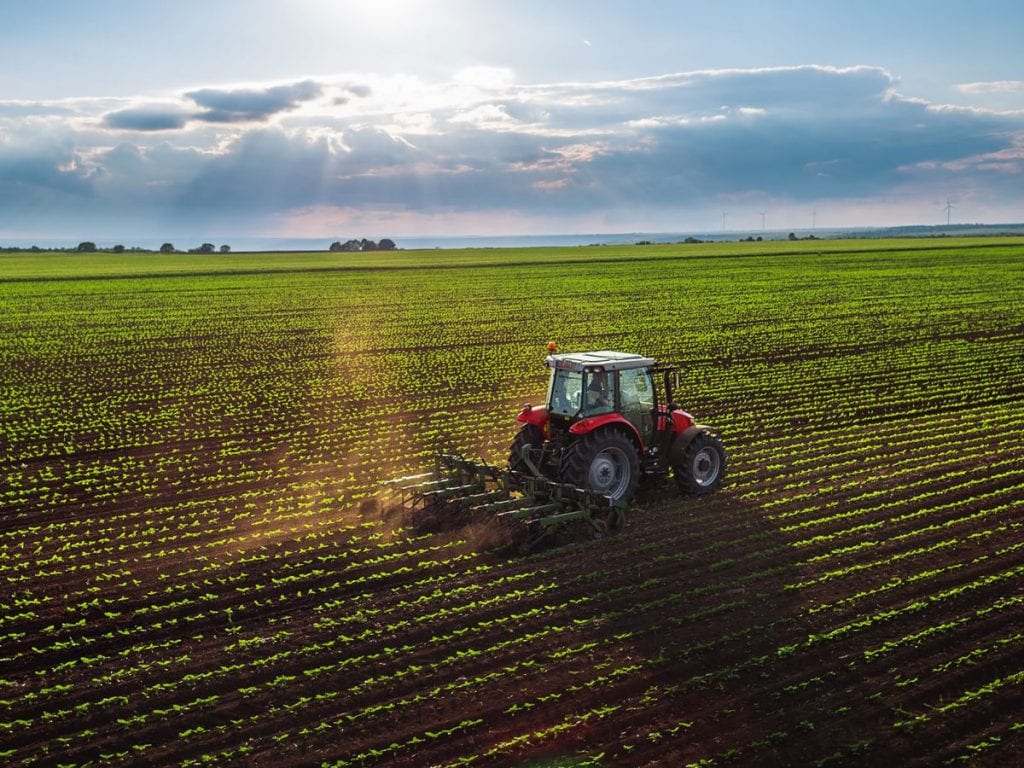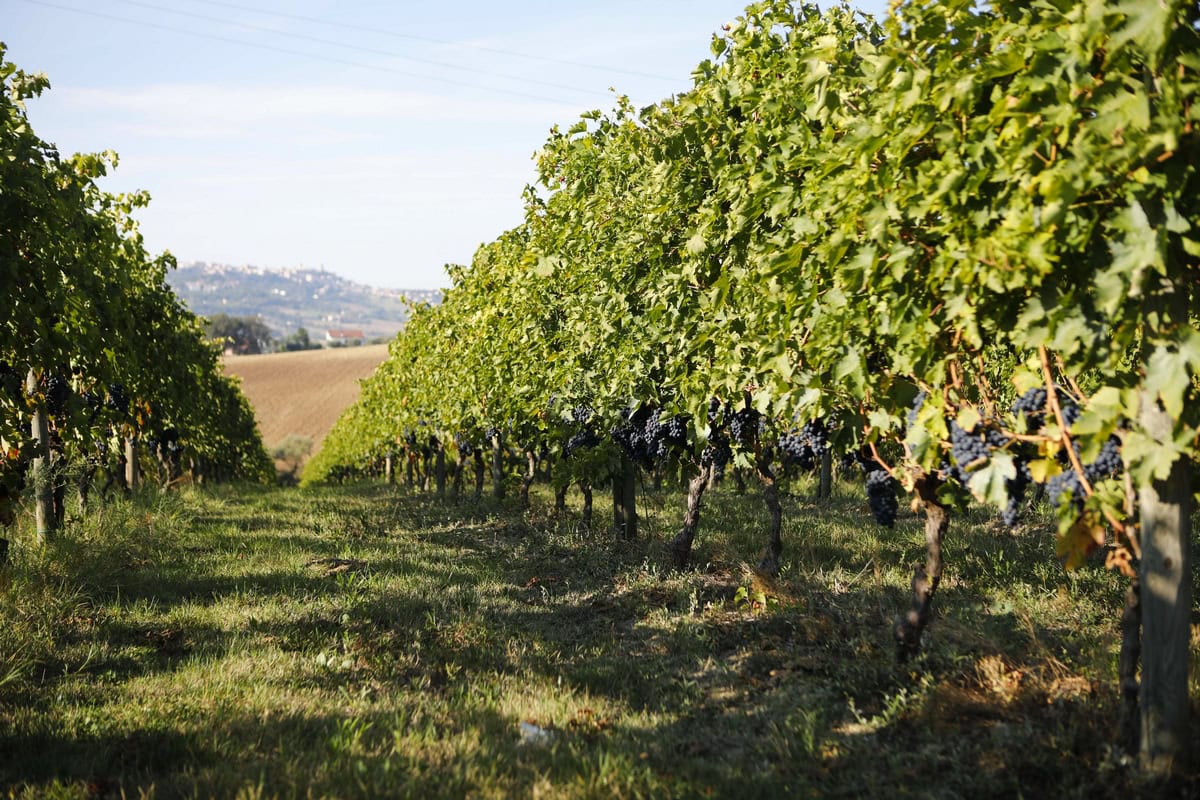Donald Trump’s return to the White House and the announcement of reciprocal tariffs – currently frozen for 90 days – has taken many Americans on a trip down memory lane. Indeed, during his first term, the former president imposed tariffs which, though less impactful, were heavily criticised in the domestic debate. The criticisms were so strong and well substantiated that even the USDA, the United States Department of Agriculture, published a report in January 2022 highlighting how retaliatory tariffs on American goods resulted in losses of $27 billion in agricultural exports, largely due to disrupted trade with China.
The USDA Report
Retaliatory tariffs introduced in 2018 led to a significant reduction in U.S. agricultural exports to affected trading partners. Nationwide, direct losses in U.S. agricultural exports due to the tariffs amounted to over $27 billion between 2018 and the end of 2019. Among the countries involved, China accounted for approximately 95% of the losses ($25.7 billion), followed by the EU ($0.6 billion) and Mexico ($0.5 billion), with smaller shares from Canada, Turkey, and India. Estimates analysing annualised losses for specific commodities due to the retaliatory tariffs placed the figure at $13.2 billion from mid-2018 to the end of 2019.
Internal Tensions
The damage this policy may cause has not gone unnoticed within the government. Just this past Monday, Agriculture Secretary Brooke Rollins told the Des Moines Register that her agency is prepared to compensate farmers affected by the tariffs through financial assistance programmes. Under the first Trump administration, the Department of Agriculture attempted to mitigate the effects of its inadequate trade policy by distributing $27 billion in subsidies to farmers. This time, however, the damage threatens to be far more significant. The 2 April announcement raised tariffs on three of America’s top five agricultural trade partners: China (34%), the European Union (20%), and Japan (24%). Mexico and Canada – the two largest U.S. agricultural trading partners – were excluded from the list, but since March have been required to pay tariffs of 25% on certain products. Collectively, these five markets account for over 60% of U.S. agricultural exports, and some have already implemented retaliatory tariffs.
Shooting Oneself in the Foot
After 2 April, China immediately imposed an additional tariff of between 10 and 15 percent on U.S. soybeans, cotton, pork, and poultry. In March, Canada announced retaliatory tariffs on a range of American goods, including $5.8 billion worth of agricultural products. Meanwhile, the European Union is evaluating a set of duties that would impact the agricultural sector. On the one hand, these tariffs make it harder for American farmers to access foreign markets, reducing revenues; on the other, they may increase production costs and the price of fertilisers, which are among the most significant expenses in agriculture. Imports of the three most commonly used fertiliser nutrients – potassium (potash), nitrogen, and phosphorus – reached $10 billion in 2023. Potassium, an irreplaceable component of modern agricultural production, comes mainly from Canada. Nitrogen is primarily imported from Canada (which alone meets 10% of U.S. demand), Russia, and Trinidad and Tobago.

Consumers Will Pay the Price
With farmers facing higher production costs and imported goods being taxed, consumers should expect rising food prices. A practical example can be made with eggs: following the avian flu outbreak, the U.S. imported eggs from Turkey, which has already shipped 15,000 tonnes to America this year. Under the new tariffs, imported eggs from Turkey will face a 10% tax. Import costs will also increase for bananas from Guatemala (10% tariff), instant coffee from Vietnam (46% tariff), vanilla from Madagascar (47% tariff), and many other products. With grocery retailers operating on thin profit margins, these costs will inevitably be passed on to American consumers.


 Fewer bottles, more by-the-glass: how to build the wine list of the future
Fewer bottles, more by-the-glass: how to build the wine list of the future The Moncaro collapse impacts Marche wines. But average price rises
The Moncaro collapse impacts Marche wines. But average price rises Here are ten Rare Wines you absolutely must try
Here are ten Rare Wines you absolutely must try The “Tariff Vinitaly” closes with 97,000 attendees: one third from abroad. See you on 12 April 2026
The “Tariff Vinitaly” closes with 97,000 attendees: one third from abroad. See you on 12 April 2026 Trump “freezes” tariffs for 90 days. UIV: “Now work towards zero tariffs on wine too”
Trump “freezes” tariffs for 90 days. UIV: “Now work towards zero tariffs on wine too”







